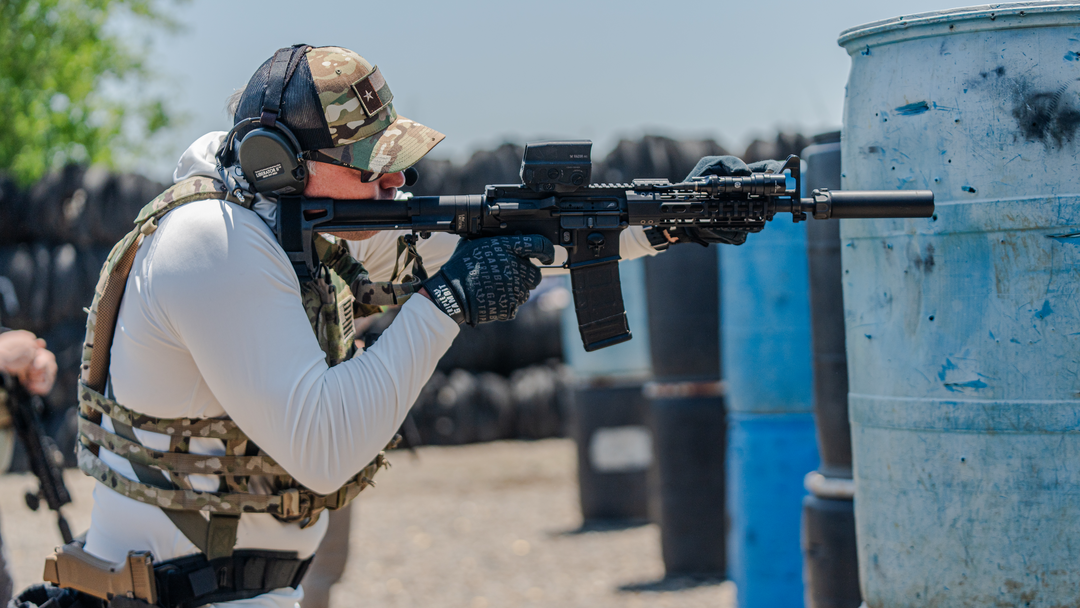Kevlar® vs. Alternatives: Protection, Durability, and Heat Resistance

Kevlar® vs. Alternatives: Protection, Durability, and Heat Resistance
When selecting tactical gloves, the choice of materials significantly impacts both protection and value. Here's a comparison of Kevlar® with commonly used alternatives, touching on factors like cut resistance, durability, and heat resistance:
Kevlar® – The Ultimate Protection for Tactical Gloves
Kevlar® is renowned for its cut resistance, offering five times the strength of steel by weight. It excels in situations involving blades and sharp edges, making it ideal for military and law enforcement use. Kevlar® gloves maintain flexibility and comfort while providing superior protection. Additionally, Kevlar® can withstand temperatures up to 800°F (427°C), making it highly effective in environments with extreme heat, unlike many other materials used in gloves.
Spandex & Nylon – Flexible but Vulnerable to Heat
Spandex and nylon are known for their flexibility and breathability, offering great comfort in lighter, less hazardous environments. While they provide excellent range of motion, they fall short when it comes to cut resistance and heat tolerance. Spandex can melt at around 400°F (204°C), while nylon begins to degrade at similar temperatures, meaning these materials aren’t suitable for extreme heat or high-risk situations where cuts are a concern.
Synthetic Leather – Durable but Limited Heat Resistance
Synthetic leather is often used for its abrasion resistance and comfort, making it a great choice for general tactical use. However, like nylon, synthetic leather lacks significant cut protection and has a lower heat resistance, melting or degrading at temperatures around 300°F to 400°F. This makes it less reliable in high-heat environments, where Kevlar®shines with its ability to handle extreme temperatures without losing effectiveness.
TrekDry® & Polyester-Based Fibers – Breathable but Heat Sensitive
TrekDry®, combined with polyester-based fibers, provides excellent breathability and moisture-wicking properties, making it ideal for keeping hands dry in warm conditions. However, while these materials offer comfort and flexibility, they have limited heat resistance compared to Kevlar®. TrekDry® and polyester-based fabrics tend to break down at temperatures above 350°F (177°C), making them less suited for environments where heat resistance is crucial.
The Superior Choice for Protection and Longevity
In tactical environments, adding Kevlar® to gloves makes all the difference in both protection and longevity. While materials like Spandex, nylon, and synthetic leather provide flexibility and comfort, they lack the cut resistance and heat tolerance necessary for high-risk environments. Kevlar® excels at protecting against blades, abrasions, and extreme heat (up to 800°F), making it the best choice for tactical gloves that need to perform under harsh conditions.
Not only does Kevlar® offer superior cut protection, but its heat resistance and durability ensure that gloves made with this material can withstand wear and tear over time, giving you long-lasting value. Whether you're facing sharp objects or working in high-heat environments, Kevlar® gloves like the TG Strike provide unmatched safety and performance, ensuring you’re protected for the long haul.








